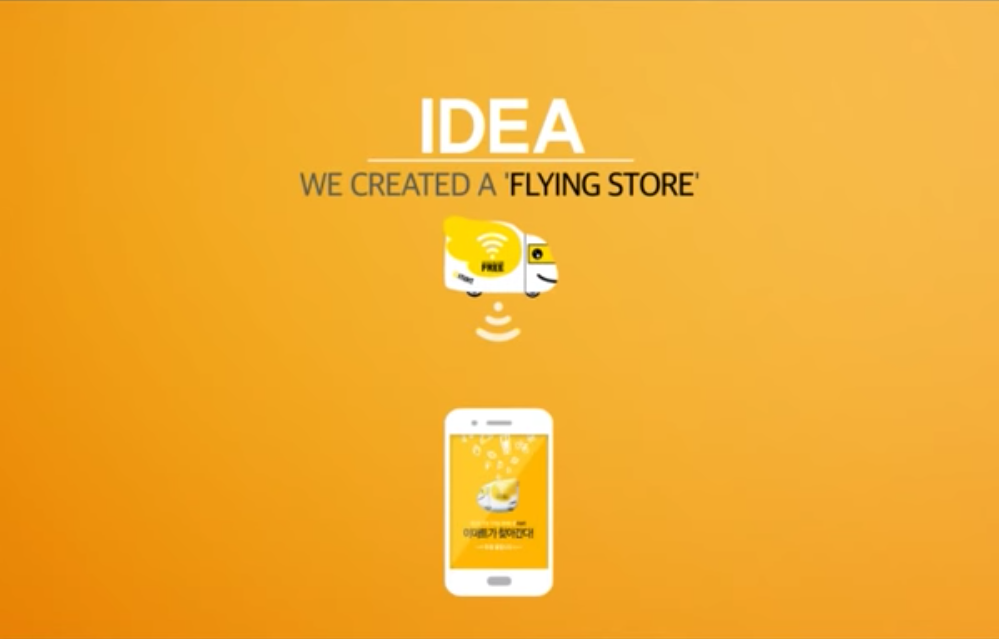
Is old fashioned the new now?
February 17, 2014
Is old fashioned the new now?
We have spent a lot of time with Gen Y of late and we are always surprised by their inconsistencies – on one hand they hate brands contacting them on social media, then on the other (and with a different peer group) they like it.
One of the many ‘surprises’ we noticed was their use of the word ‘old fashioned’. To old people (Pip asked me not to mention her name) old fashioned means out of date and kind of redundant.
To the young people, old fashioned means something quite different.
Old fashioned represents tradition and longevity of a brand. Our youngies told us that they liked brands such as Jack Daniels and Jim Beam where they align themselves to more ‘traditional’ images and messages.
Old fashioned was often linked to trust because if the brand has been around long enough to become old fashioned, maybe it was ‘doing something right’. The over riding opinion was that those brands that pull off ‘old fashioned’ are seen as reliable and confident which in turn evokes respect by this younger crowd.
Perhaps it is linked to the trend of Status Seekers – those brands that offer consumers recognition and a status position. There is trust and reliability at their core that give their consumers reassurance.
Before you all go and add ‘old fashioned’ or ‘retro’ into your brand triangles to attract a Gen Y, one watch out is that old fashioned can be seen as stagnant and flat in this ever changing digital world we live in.
So how do you get the balance right? To begin with, can your brand be considered “old fashioned” and do your consumers know the history and heritage of the brand? If this is part of the your brand story, you then need to understand whether you can leverage the “old fashioned” brand benefits, keeping authenticity at the core. Do this, and you might tap into a much younger demographic.

